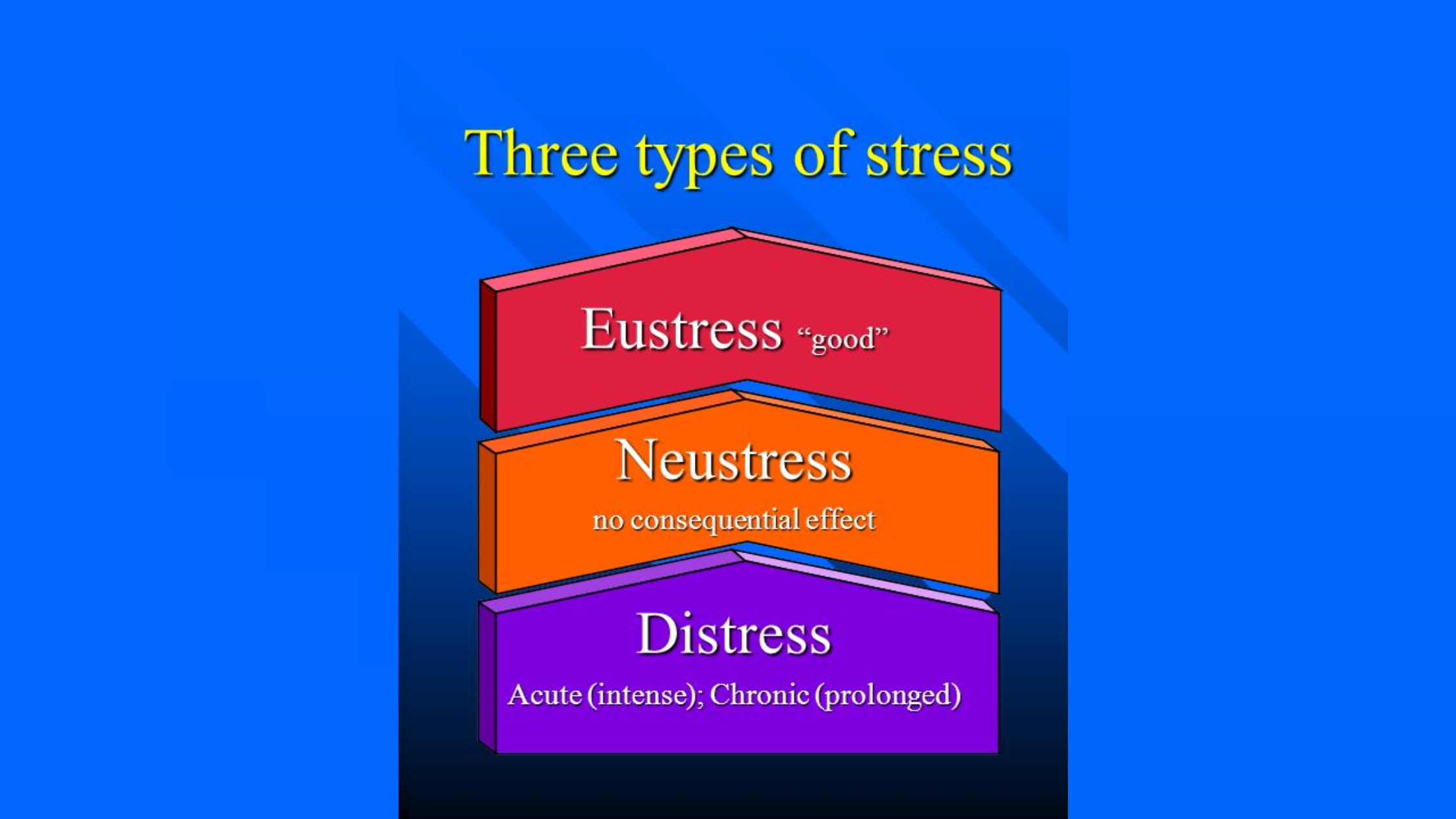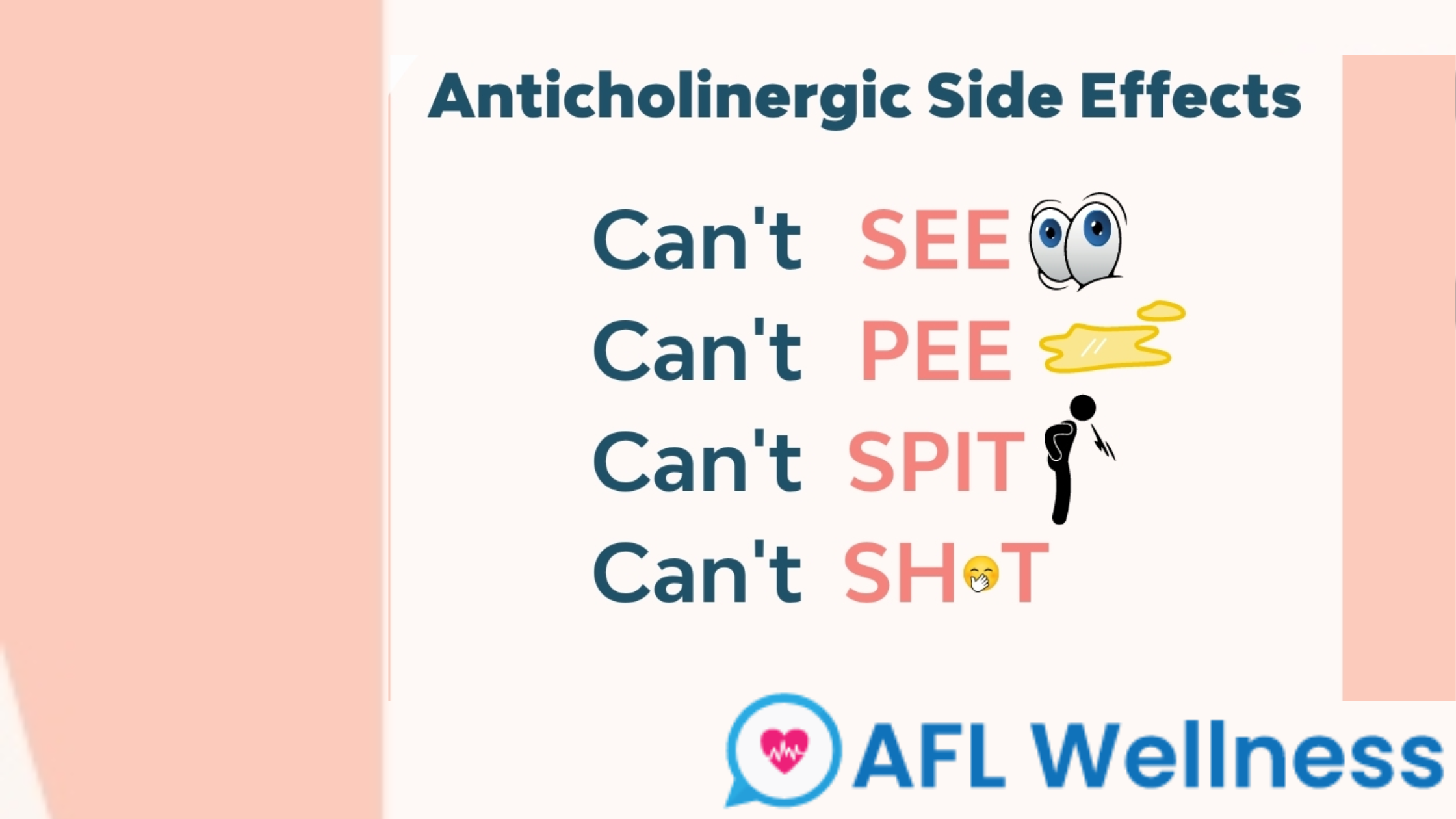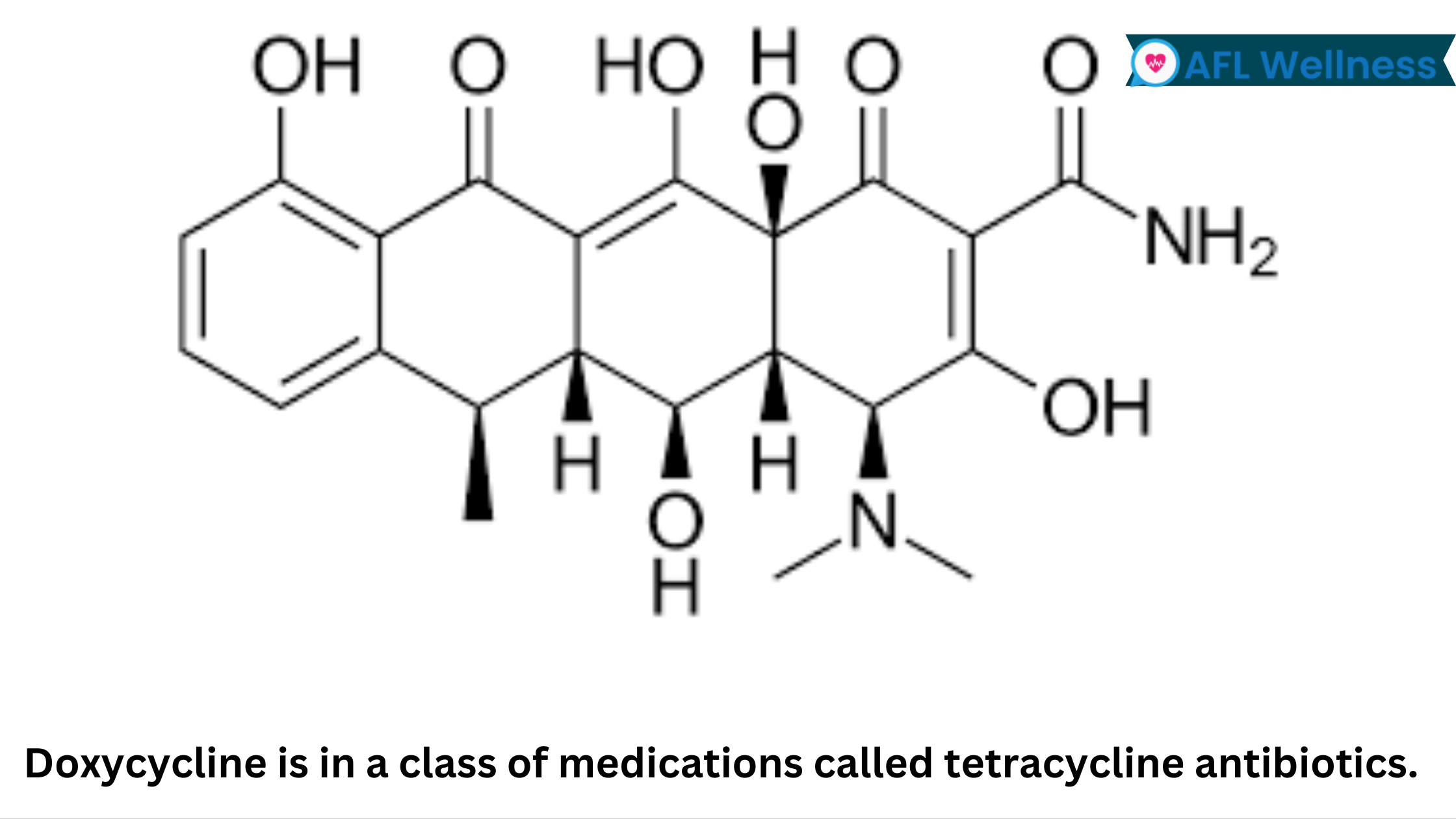
December 21, 2025
What are the best treatments for tobacco Addiction?
Tobacco addiction is a pervasive trouble that affects tens of millions globally. The dangerous consequences of tobacco use make it vital to discover powerful treatments that may empower people to interrupt to remove this dependency. In this complete guide, we will delve into the numerous elements of tobacco addiction, its causes, and the high-quality techniques for remedy, consisting of the position of tobacco addiction treatment centres like Nasha Mukti Kendra. So, let's first discuss what this addiction is.
What Is Tobacco Addiction?
Tobacco addiction is a complex condition characterized by utilising a compulsive want to apply tobacco no matter its dangerous effects. The primary culprits in tobacco merchandise are nicotine and different chemical substances that create bodily and mental dependency.
Main Causes of Tobacco Addiction
The regular intake of tobacco can lead to tobacco addiction, and nicotine is a substance that is addictive in tobacco. Also, nicotine is as addictive as cocaine, and people face various difficulties while resisting the addiction to tobacco. Here are some of the major causes of tobacco addiction you can have a look below:
Nicotine Dependence:
Nicotine, an incredibly addictive substance in tobacco, stimulates the release of dopamine in the brain, growing an experience of pride and reinforcement. This ends in a dependence cycle as people seek to replicate this fun amusement.
Social and Environmental Factors:
Social effects, peer strain, and environmental cues can contribute to the initiation and continuation of tobacco use. Marketing techniques and cultural norms additionally play a characteristic in shaping smoking behaviours.
Genetic Predisposition:
Some people can also have a genetic predisposition to dependency, making them more prone to developing dependence on substances like nicotine.
Tobacco Addiction Treatment Strategies
Learn some of the tobacco addiction treatment strategies that could be followed to restrain the use of tobacco:
Behavioural Counseling:
Counselling and remedies play an essential function in addressing the behavioural additives of tobacco addiction. Cognitive-behavioural remedy (CBT) is potent in helping people come across and enhance the styles of wondering and behaviours associated with tobacco use.
Nicotine Replacement Therapy (NRT):
NRT entails supplying managed doses of nicotine to help manipulate withdrawal signs, even as frequently lowering dependence. Common forms include patches, gum, lozenges, nasal sprays, and inhalers.
Prescription Medications:
Medications inclusive of bupropion and varenicline may be helpful sources in smoking cessation by reducing cravings and withdrawal signs and signs. These should be prescribed and monitored by employing healthcare specialists.
The Role of Nasha Mukti Kendra in Tobacco De-Addiction
Nasha Mukti Kendra, which means "addiction liberation centre," is a critical part of the remedy panorama for tobacco addiction. These centres provide a structured and supportive environment for people looking to conquer their tobacco de-dependence.
Comprehensive Treatment Programs:
Nasha Mukti Kendras provides comprehensive packages that cope with the physical, mental, and social factors of tobacco-de-dependency. This can also encompass counselling, detoxification, and rehabilitation offerings.
Professional Guidance:
Trained specialists at these centres manual people to quit tobacco. They offer personalised remedy plans, screen development, and manipulate challenges throughout the restoration journey.
Holistic Approaches:
Many Nasha Mukti Kendras adopt holistic processes, incorporating alternative treatment options like yoga and meditation. These practices contribute to regular well-being and assist people in addressing stress, a common cause of tobacco use.
How to Stop Tobacco Addiction: Practical Tips
Tobacco Addiction is a complex issue influenced by various factors. Here are 4 key reasons contributing to tobacco addiction:
Set a Quit Date:
Choose a specific date to end smoking, permitting yourself time to prepare mentally.
Seek Support:
Inform friends, circle of relatives, and coworkers approximately your selection to end. Having a supportive network should make a sizable difference.
Identify Triggers:
Recognize situations or emotions that prompt tobacco cravings and develop strategies to deal with them without resorting to smoking.
Reward Yourself:
Celebrate milestones on your journey to becoming tobacco-free. Consider treating yourself with rewards for carrying out unique dreams.
What Are The Reasons Responsible For Tobacco Addiction?
Understanding those reasons underscores the multifaceted nature of tobacco addiction, emphasising the importance of comprehensive strategies for its prevention and treatment. Efforts to cope with each of the bodily and psychological aspects of dependence, along with thinking about the social and environmental context, are crucial for powerful tobacco cessation strategies.
Nicotine Dependency:
Physiological Impact: Nicotine, a number one aspect of tobacco, stimulates the discharge of dopamine within the mind, growing a fulfilling sensation. This reinforcement mechanism establishes a cycle of dependence as individuals seek to copy the worthwhile enjoyment via persevered tobacco use.
Withdrawal Symptoms:
The frame develops a nicotine dependence, leading to withdrawal signs and symptoms, which include irritability, anxiety, and cravings, while tries are made to give up or reduce tobacco abuse consumption.
Social and Environmental Influences:
Peer Pressure:
Social elements play a significant role in initiating and continuing tobacco use. Peer strain, especially among teens and teenagers, can contribute to the adoption of smoking behaviours as people are seeking reputation or conformity within their social circles.
Cultural Norms:
Cultural and societal norms regarding tobacco use can impact an individual's perception of smoking. In a few cultures, smoking can be glamorised or considered a social hobby, in addition to normalising the behaviour.
Psychological Factors:
Stress Relief:
Many individuals flip to tobacco as a coping mechanism for pressure. The calming effect of nicotine can offer a temporary break from lifestyle pressures, developing a mental affiliation between smoking and strain relief.
Routine and Habit:
Over time, smoking will become ingrained in everyday workouts, including morning coffee or at some stage, in breaks. The chronic nature of tobacco use can make it challenging to break free from the cycle.
Genetic Predisposition:
Hereditary Factors: Genetic elements may contribute to a person's susceptibility to dependence, including tobacco addiction. Some humans may also have a genetic predisposition that makes them extra vulnerable to developing addictive behaviours.
Neurotransmitter Sensitivity:
Genetic variations in neurotransmitter receptors and signalling pathways within the brain can affect how an individual responds to nicotine. This sensitivity can have an impact on the likelihood of developing and retaining tobacco addiction.
Conclusion
In conclusion, Tobacco addiction is caused due to nicotine dependence. And this turns into tobacco abuse, where an individual can’t avoid tobacco intake. In such cases, overcoming tobacco addiction is complicated, however plausible a purpose. By combining proof-primarily based remedies, individualised assistance, and the assets supplied employing Nasha Mukti Kendra, human beings can embark on an adventure towards a healthier, tobacco-unfastened existence. The key lies in an approach that addresses dependency's physical, intellectual, and social factors.






